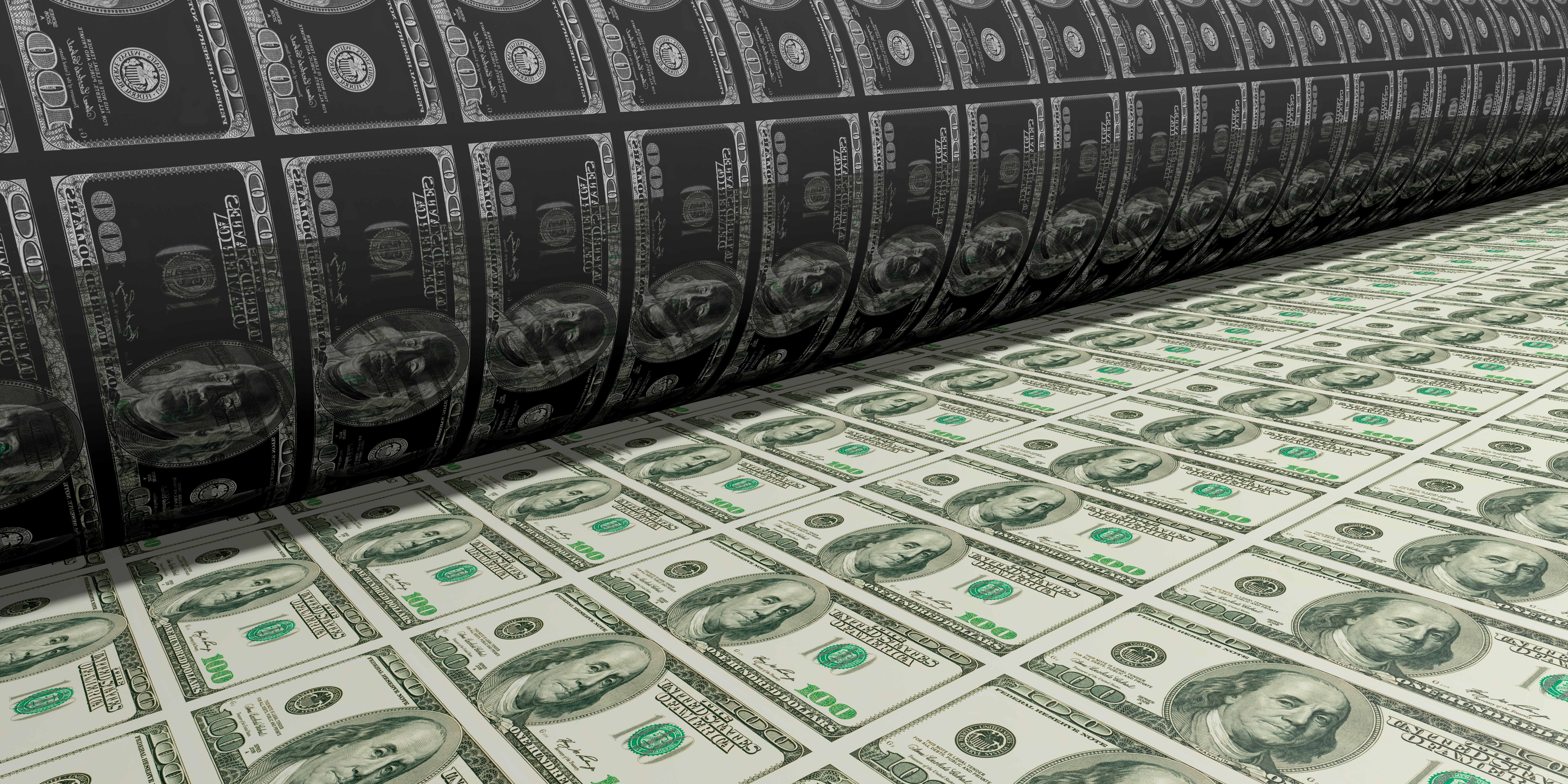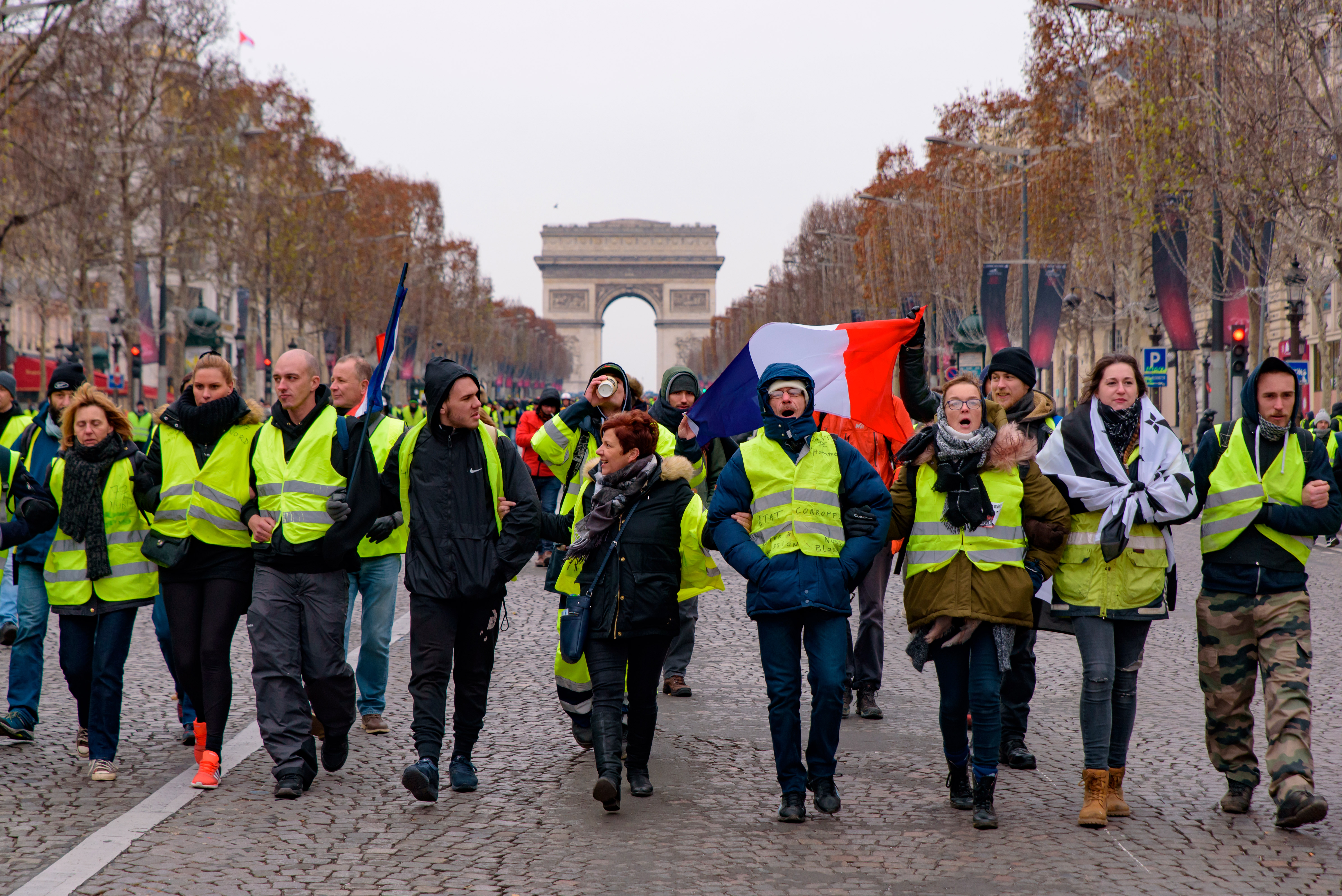It is primarily the free flow of international capital. That does not mean that there is any straightforward way to go back to the world of capital controls. Indeed, there are lots of reasons why it would be undesirable to do so. But we have to understand that a world in which capital can flow freely, as it does across national borders, puts limits on national democratic political possibilities. We need to think about the consequences of that. A lot of the political anger and frustration over the last decade has come out of this fact that national democratic politics ended up being too unresponsive to economic demands from those who are the least well-off.
Since the 2008 crash, democratic politics became consumed by an understandable anger about the limiting of the economic policy debate. This was not only in relation to taxation, but the taxation issues had particular salience because states were finding it harder to tax wealthy people while many big corporations, including some that are omnipresent in people’s daily lives, like Amazon, were not paying the taxes which governments were levying upon them. The fact that other people had to pay more taxes for the taxes to be sufficient to meet expenditure, even allowing for the amount of money that governments borrowed, has created a sense that democratic politics no longer belongs to ordinary people, but has been captured by – to use a certain kind of language – an oligarchic class.



